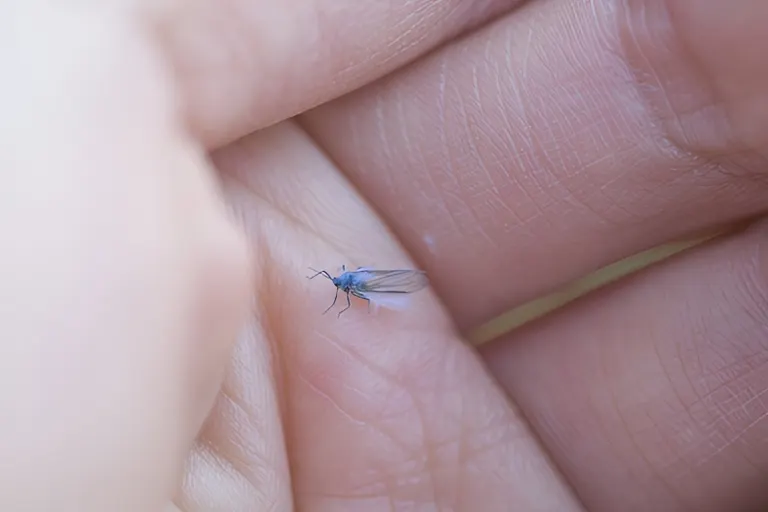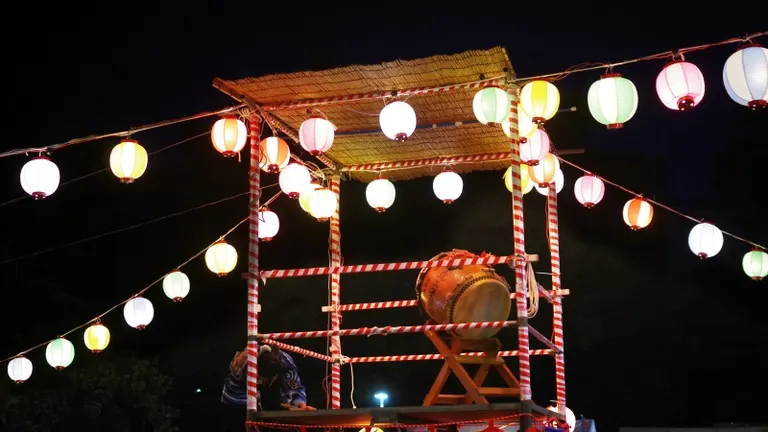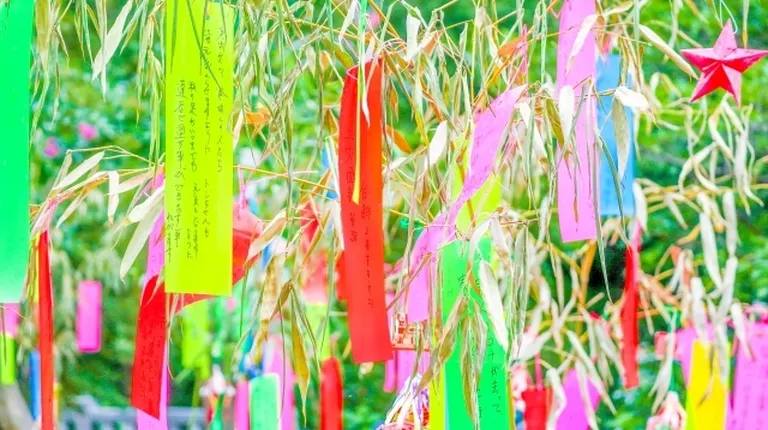
ARTICLES
Appearing on Bura Tamori! The past and future of city walking researcher "Brasatoru" Wada Tetsu
Many people have probably seen him on TV. Satoru Wada, also known as "Brasatoru," is a city walking researcher who spreads the fascinating history of Sapporo and Hokkaido through various media. We spoke to him about why he became interested in history and what kind of activities he wants to do in the future.
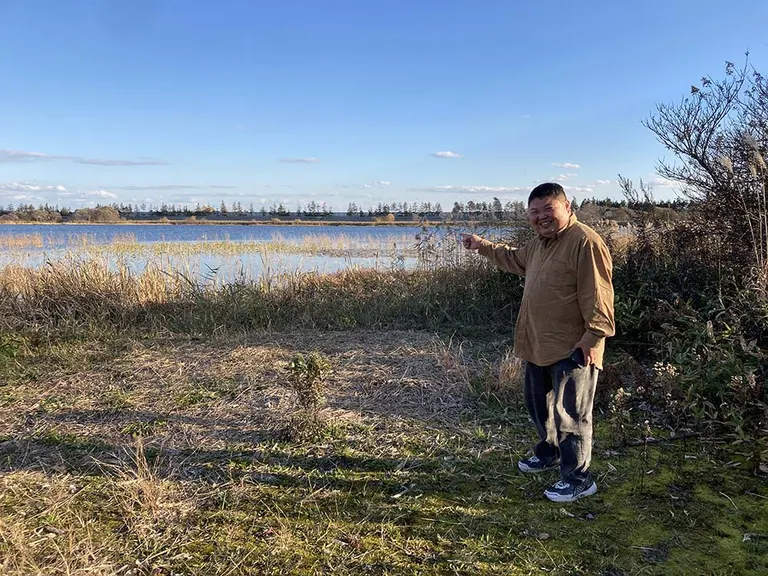
The old Ome Kaido road gave birth to a history researcher
Wada-san is now known as a city walking expert, but his journey began in Tokyo. In 2008, when he was working in Tokyo, a commemorative event was held to celebrate the 400th anniversary of the construction of the Fifty-Three Stations of the Tokaido, and touring post towns became a big trend. So Wada-san decided to walk the Ome Kaido. He started from Isetan in Shinjuku, and steadily made his way there on his days off.
"When I looked at old maps in the library, I realized that what seemed like an ordinary road was an old road."
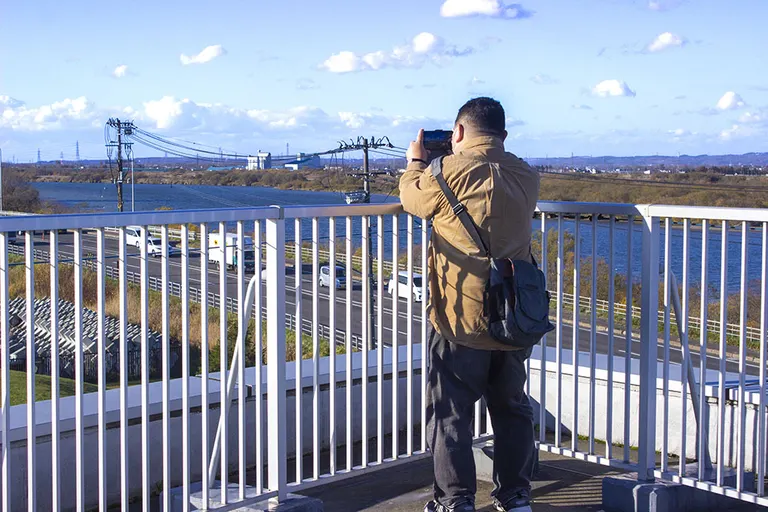
As he walked along the old road with the help of a map, he noticed that there were sights to see at regular intervals, and just when he started to get tired he came across an old post town, showing that even though it was an old road, the towns had been carefully planned out.
I tried to delve deeper into the questions I had as a child.
Wada-san returned to Sapporo in 2010 for work, but at first he was troubled, thinking, "I've come back to a boring city that doesn't have the history of Tokyo." At that time, he remembered a mystery he had wondered about when he was five years old: the mystery of the streetcar streets. He had wondered why, among the many straight roads in the city center, only the area around Higashi Honganji Station had a gentle curve.
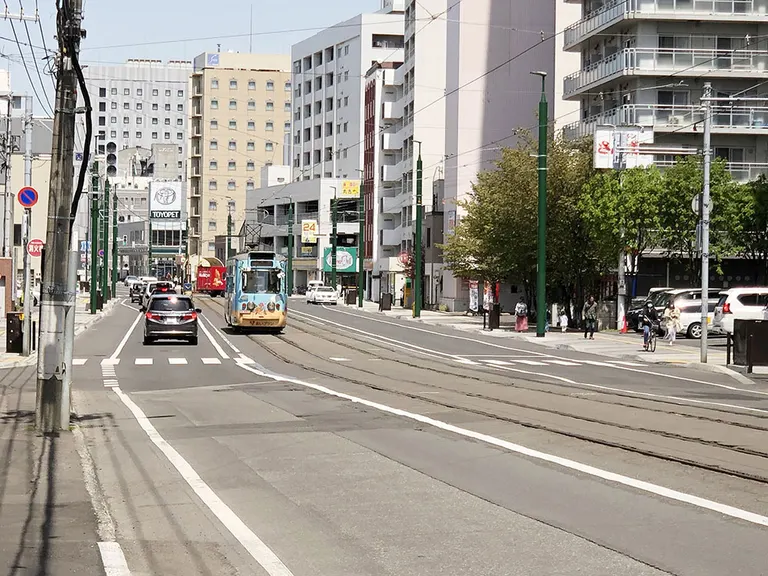
Actual curve
While researching the reason, he found historical documents stating that there was a rift between the then pioneer judge, Iwamura Michitoshi, and the Vice Minister of the Hokkaido Development Agency, Kuroda Kiyotaka. The exact reason why the road is curved is unknown as no official records remain, but Wada is convinced that the rift between the two men led to differences in the direction of town development, which in turn led to distortions in the way the road was laid out.
"In Honshu, many of the facts have been forgotten or swept under the rug over the years. But in Hokkaido, there are stories that reveal the human element that cannot be hidden."
Shortly after returning to Sapporo, Wada started posting information online under the name "Brasatoru," a play on the NHK TV program "Buratamori." He also got a job at Aruta Publishing Co., Ltd., which publishes the town information magazine "O.tone," and developed the serial "Walking with Old Maps" into a popular column that continues to this day.







